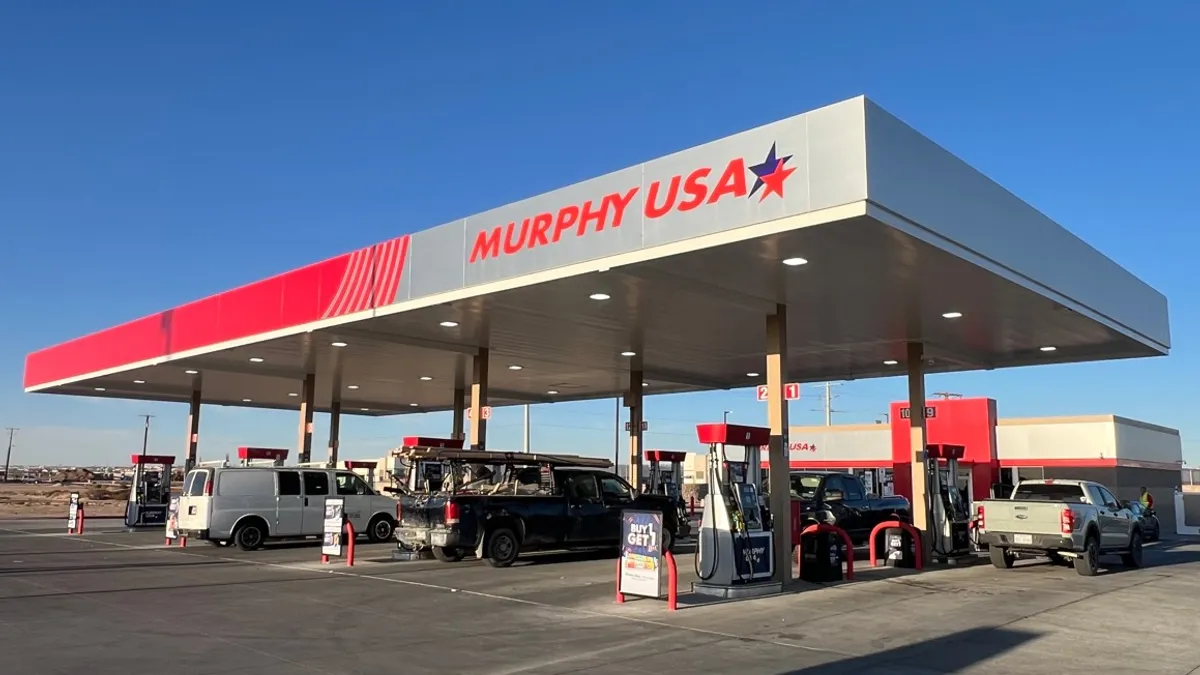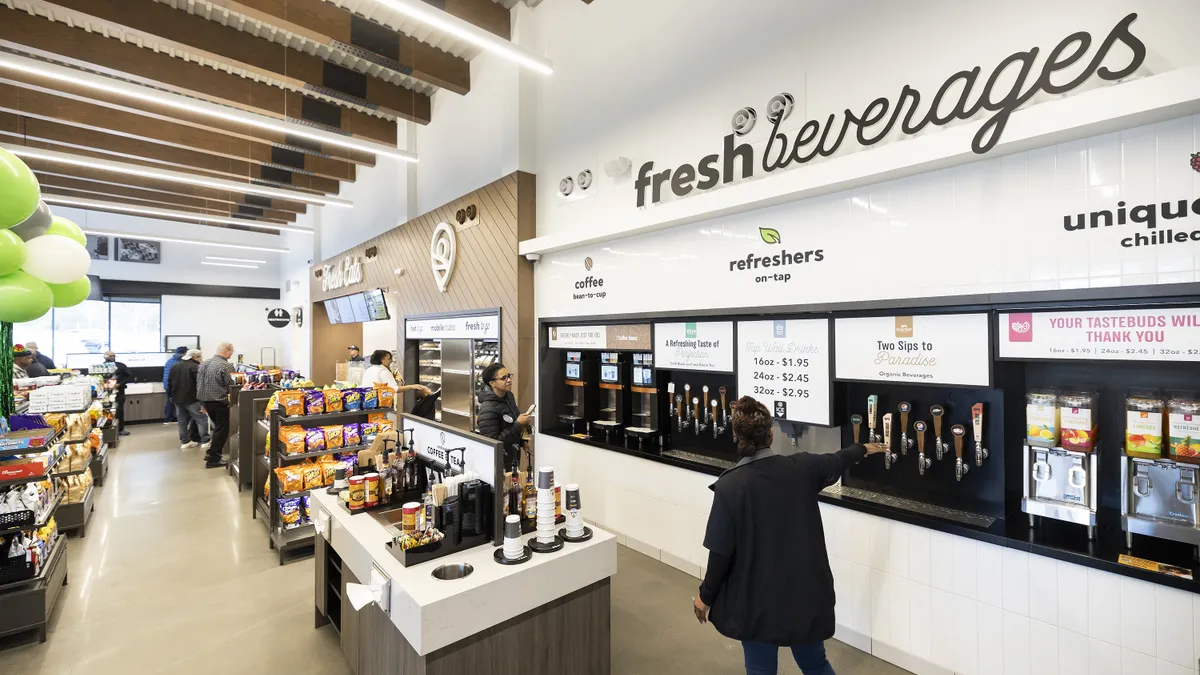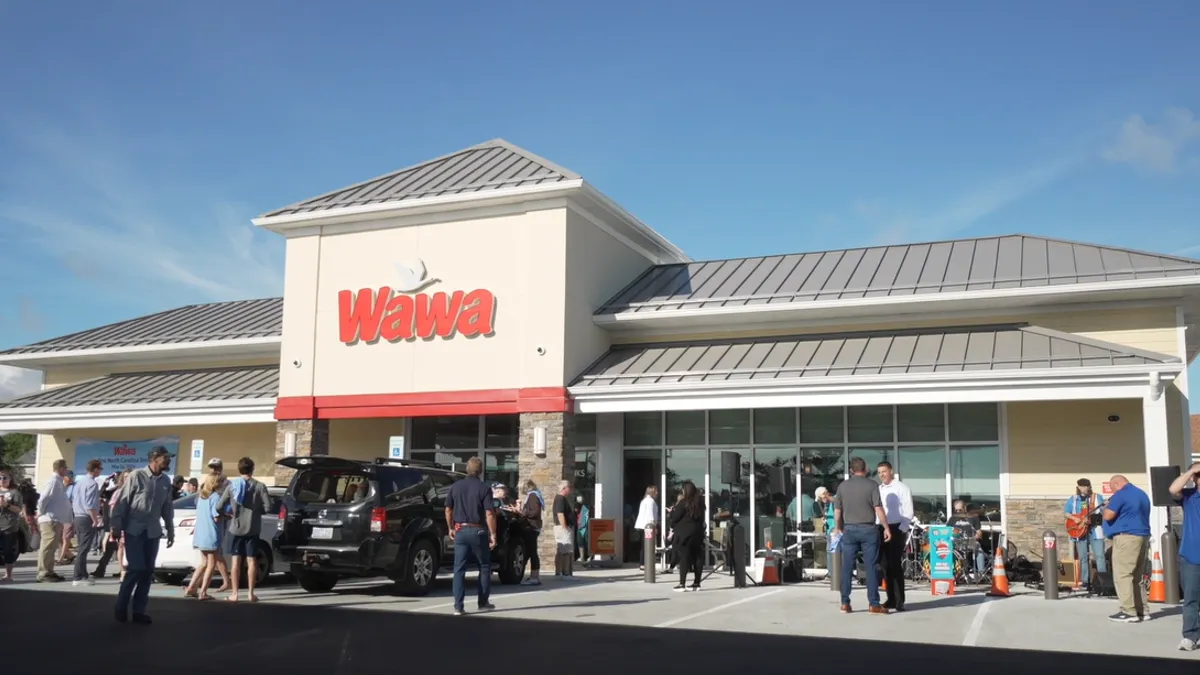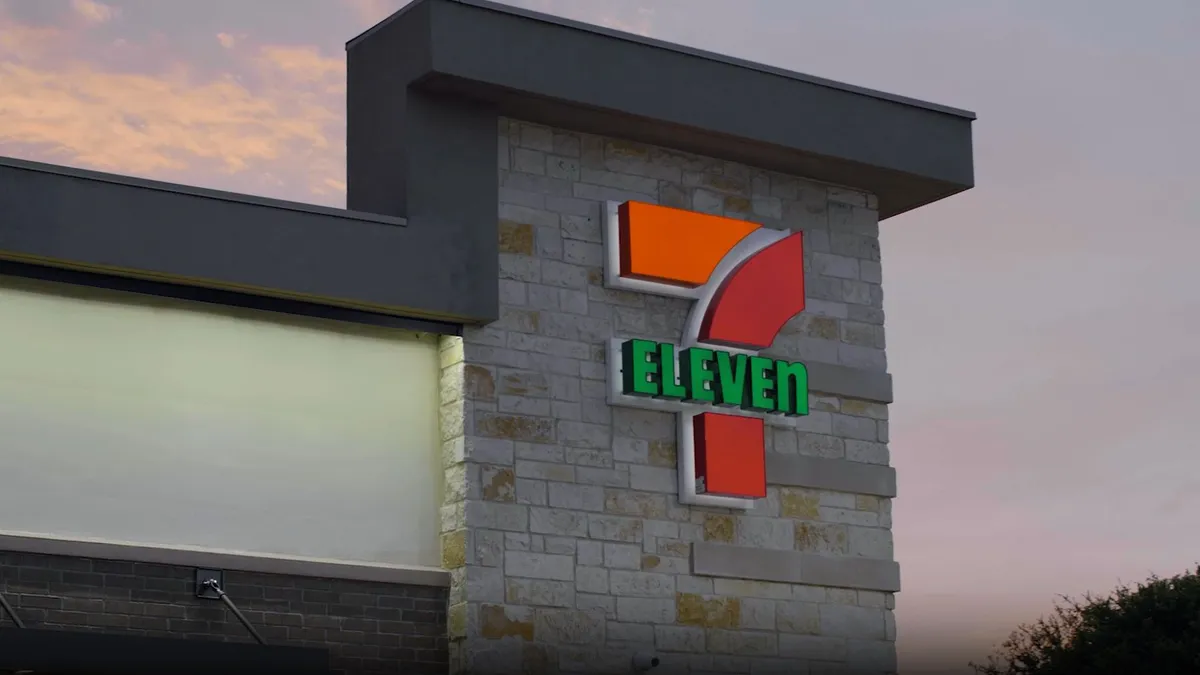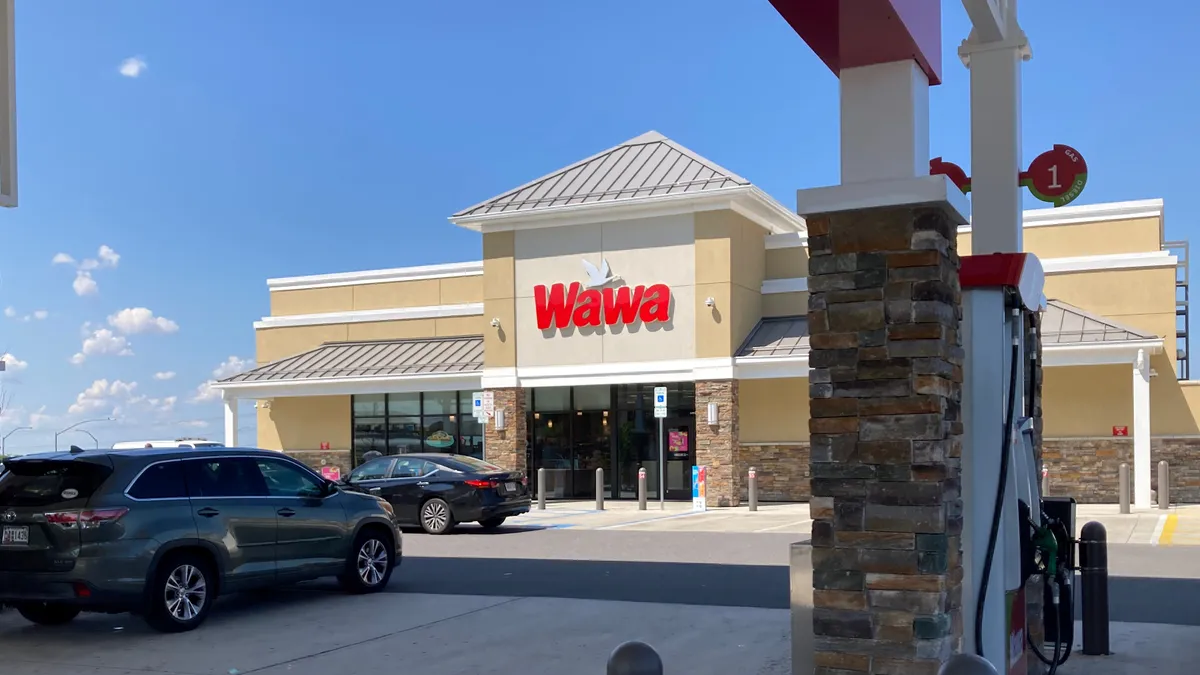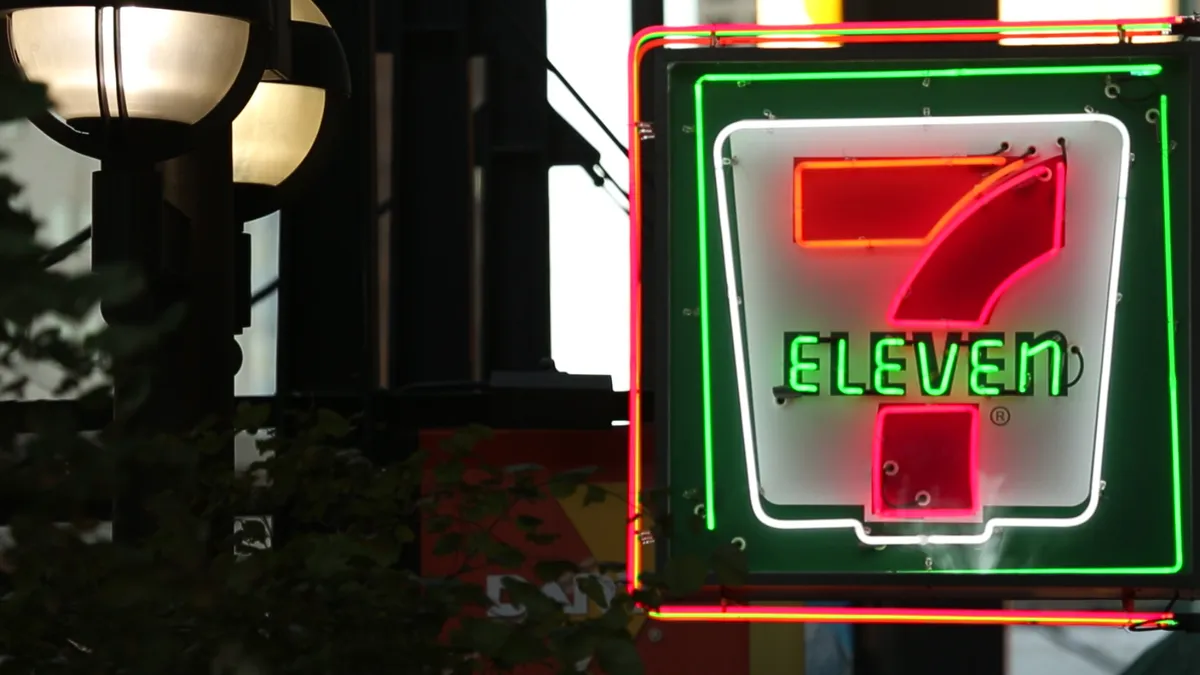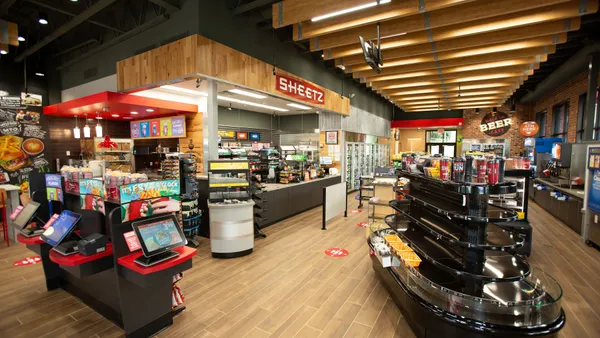Frank Beard is a longtime convenience retail enthusiast who currently works in marketing for Rovertown. His column, The Road Ahead, examines innovation in the c-store industry.
I have a certain philosophy about retail store tours.
In order to understand a market, one must visit the good, the bad and especially the ugly. That’s why when I tagged along with a group of retailers on a recent international study tour in my hometown of Des Moines, Iowa, I steered them into Dollar General’s downtown DGX store.
Look, I have nothing against Dollar General. I’ve even written positively about the company in the past — particularly their efforts to sell fresh produce in rural markets through DG Market, a format that stocks more produce and meat. If I see one of those as a cycle across Iowa again this summer on RAGBRAI, you can bet I’ll stop and shop.
But in the four years since DGX opened in Des Moines, I’ve observed a consistent decline in quality.
This time it had become so bad that it was good — at least if you enjoy ironic humor, like I do. The automatic door slid open, revealing a vestibule with filthy floor mats stacked in the corner, a deteriorating sign dangling precariously and walls that were vaguely reminiscent of those in abandoned buildings. Inventory was sparse, and the store itself was covered in collapsed boxes, carts full of random products and a grimy aura.
In other words: DGX felt like a typical Dollar General. And the more I think about it, I wonder if there’s a hidden lesson here for convenience retailers.
Teaching old dogs new tricks
Dollar General is a “last resort” retailer.
Its “no frills” customer experience reflects the reality that it serves customers whose options are limited, whether they’re strapped economically or lacking proximity to grocers and big box stores. And Dollar General is good at what it does. While Dollar Tree and Family Dollar recently announced plans to close nearly 1,000 stores, Dollar General continues to grow.
But DGX was supposed to be something different.
Back in 2019, Dollar General described DGX as a concept “specially designed to meet the unique needs of customers living, working and visiting vibrant metropolitan city centers.” The DGX website still describes their stores as “everything you’d want from your neighborhood store — from fresh food to snacks and household essentials — plus ready-made options and more.”
I had high expectations for DGX. While in Nashville for a conference in 2019, I stopped by the original DGX and found the store clean, tidy and well-stocked with a great product mix. I even observed a group of students from nearby Vanderbilt University walking up to it, exclaiming, “Hey, DGX has wine!”

The latter was particularly interesting. Annual tuition and on-campus living expenses at Vanderbilt currently total $89,500, more than 1.4x Tennessee's median household income. The median income of students’ families is $204,500 with 20% coming from the top 1% of earners. Not exactly the Dollar General demographic. But if DGX could win over Vandy students, perhaps they were onto something.
Not long after the original store, others were launched around the country in places like Omaha, Nebraska; Columbus, Ohio; and Des Moines. I’ve visited several.
But despite lofty intentions, the stores seem to spiral downward in quality after opening.
If I bought a condo downtown, I wouldn’t shop there. I know my wife wouldn’t. She made that point quite clear after I took her into DGX Omaha last year.
The point is that I find this whole thing very confusing. DGX is a solid concept; if it’s supposed to be more than a “last resort” store, then why is it being operated like one?
All I can think of is that maybe it’s not easy for a company with 20,000 stores in 48 states to suddenly switch gears and do something radically different. And if that’s true, then maybe it's instructive for convenience retailers as they consider piloting their own alternative formats.
What Comes Next?
Around the same time we visited DGX in Des Moines, I also visited a non-fuel store from one of my favorite convenience retailers.
The store was good, and I’ve shopped there on several occasions. But curiously, I noticed a shelf packed full of automotive products — including paper oil funnels and a red gas can. Taking it all in, I realized the store's product mix was nearly identical to the company’s typical gas station.
I’ve observed similar scenarios as I’ve visited other non-fuel concepts from convenience retailers. Just as Dollar General often operates DGX like a typical Dollar General, many convenience retailers copy what already works in their gas stations. This is of course different from newer, non-fuel brands like Foxtrot and Urban Value Corner Store that take a more tailored approach.
So what comes next?
I’ve written about what convenience looks like in a world where fuel matters less. And while that’s not going to happen tomorrow, this could be a good time for retailers to explore alternative formats and figure out what works. Doing so may require a new brand identity, especially if new formats don’t resemble the rest of the retailer’s portfolio.
There’s also a possibility that the answer isn’t a traditional convenience store, but rather micro markets, vending or even unmanned and potentially mobile stores in high-traffic events and areas such as concerts, malls, and sporting events.
Or perhaps the answer isn’t to decouple convenience from the fuel canopy, but rather to tailor it more effectively to various communities. For example, I see an opportunity for convenience retailers to solve “food deserts” and provide quick alternatives to large grocers.
Of course, that would mean competing more directly with dollar stores.
But as I road tripped to and from the NACS State of the Industry Summit, I was reminded of something. There really is a tangible pride and vibrancy within this industry. When I tell staff that I’m visiting and may even take a few pictures, they’re almost always happy to accommodate me. They show me around, answer questions, and share stories. You can tell that they’re proud to be there.
Maybe it’s just me, but that’s a big advantage that the dollar stores just don’t have.




